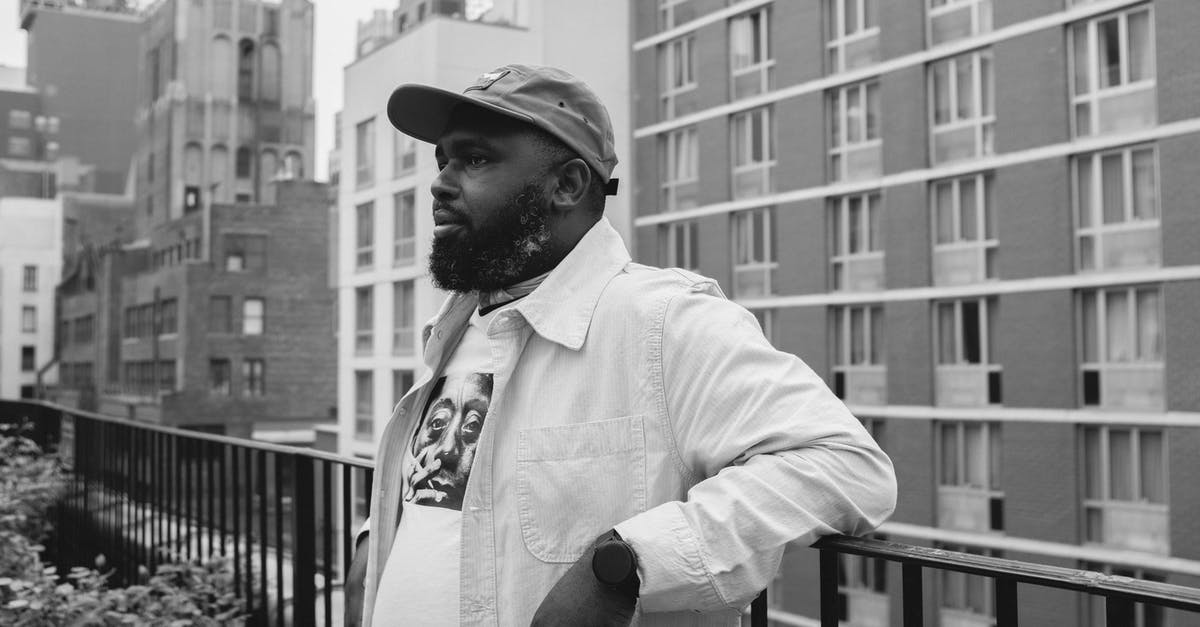Is there a population cap for cities in SC4?

Im currently working on a city that's population has been growing fairly steadily for a while, but it seems to be struggling to get past the 600,000 inhabitants mark.
It's strange because the major rating is full and health, education, police and fire coverage is all funded to capacity. Recently though there has been problems with residential demand.
I lowered taxes and added more transport links and it worked until the budget became a problem. When I raised taxes again to around the 7% mark the demand collapsed and the population steeply declined by about 80,000. I was wondering if there was a cap on the amount of people that can live in a city, or have I just been missing something?
Best Answer
Assuming your city is functioning well (no/little abandonment, see footnote at the bottom of the post), there are three major bottlenecks:
- CAPs.
Yes, there is a 'cap' on population. It's a soft cap that can be raised by building specific buildings, adding city connections, and so on. With an empty city, the Residential caps are:
R$ 20,000
R$$ 2,000
R$$$ 1,000
New buildings will not grow past this amount until you start building parks and so on.See if building parks helps the city expand.
The specific (fairly large) CAP relief list can be found here.
- Taxes.
Taxes have an effect on demand. If your tax is higher than the game's coded 'regular rate' then demand is reduced. The regular rate depends on your regional population. Reduce demand by enough and your city will eventually stop growing.
At a population of 0, the neutral tax rate is 9%. It goes down by 0.1% for every 150,000 residents to a minimum of 4.0%.
Since you only have about 600,000 people, your neutral tax rate is at around 8.6 to 8.7%. This should not be a problem.
- Imbalance
Do you have zones available for all types (RCI)? Are your taxes reasonable for all types? (E.g. not much higher than 8.5%) Some mayors like taxing dirty industry out of town due to badly written guides. Don't do that, as without an educated populace (which takes a very long time to get) it's the only type of industry that will grow. You can also get farms, but typically only up to a point: The farm cap is 30,000 of each other type and there are no buildings or other things in the default game that raise it. That means farm demand starts at 30,000, and once you have 30,000 sims of other types (e.g. residential) no more farms will grow in the region. The only way to have farms after building your big city is to mod the game.
Without industry, all but the very biggest cities won't be able to get enough jobs to keep growing from just commercial.
Footnote
I go into more detail about minor causes of recession here
Pictures about "Is there a population cap for cities in SC4?"



Simcity 4 Mega-Region. Population: 107,658,254
More answers regarding is there a population cap for cities in SC4?
Answer 2
As far as I've been able to research, there isn't a hard cap for any individual city. If you're able to pack more people in skyscrapers and support them then you can do so. That being said, after reaching a population of 500,000 and again at 1,000,000 zoning demand drops sharply. This seems to be a soft cap that can be pushed through via smart planning, inter-city regional connections, and the use of public services.
The highest population I've heard of in a single city is slightly above 4 million. There is a Guinness World Record for regional population: that seems to be 107,658,254.
Simcity player Peter Richie created an intricate, dense region that has more than 100 million citizens in it. You can learn more about his city by watching his YouTube video on the subject:
This is not a hard cap. If you feel you could do better, produce denser cities, manage traffic better, or otherwise introduce growth then by all means you're able to do so yourself. There doesn't seem to be a hard cap on population - the only limit is how well you can manage the city.
Sources: Stack Exchange - This article follows the attribution requirements of Stack Exchange and is licensed under CC BY-SA 3.0.
Images: Julian Bracero, Andrea Piacquadio, Centre for Ageing Better, Timur Weber
